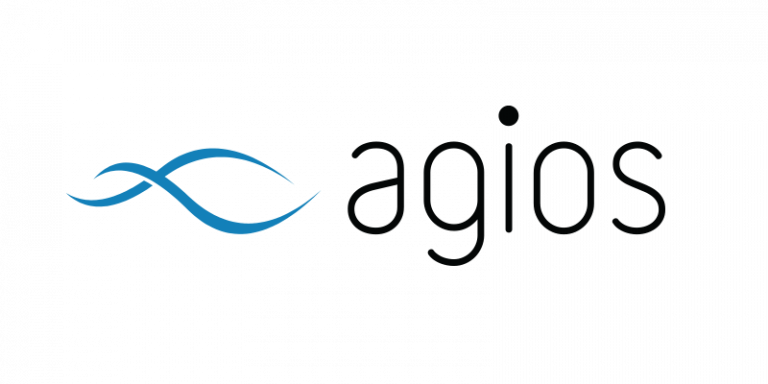
Agios Pharmaceuticals Inc (NASDAQ:AGIO) took a close to 20% hit on its market capitalization on Thursday, after having registered a more than 5% gain throughout the open session. The selloff comes on he back of an announcement made by the company relating to its lead anemia asset, and relates to a clinical hold issued verbally by the FDA on the asset.
There’s another asset in pipeline targeting same indication, and reportedly, the hold isn’t going to affect said asset. So, the question is, can the second asset live up to the potential of the first? If so, then the sell off is probably a bit of an over reaction. Yes, the time added to the development pathway is going to cost money (money that wouldn’t have been necessary, or has already been spent, on the primary asset) but is this setback representative of 20% of a $2.3 billion market cap? Probably not.
So we’ve outlined he question and the implications, let’s try and answer it.
First, a bit of bringing up to speed. The FDA issued a verbal notification to Agios, stating that it was putting a clinical hold on its anemia drug, AG-519. The drug is part of a platform of drugs proprietary to the company, as part of its so called PKR program. The program involves two drugs – AG-519 and AG-348 – both of which are what are called PKR activators.
When patients have a deficiency of an enzyme called pyruvate kinase (PV), a condition that’s not surprisingly called PK deficiency, the red blood cells in their system break up too easily. This leads to a deficiency of red blood cells, and in turn, the above mentioned anemia. The two drugs that make up the company’s PKR platform bind to the enzyme and fix it, theoretically improving the count of the enzyme in the patient and – in turn – improving the number of healthy red blood cells, negating the anemia.
So the FDA put a hold on 519, and Agios decided to scrap the program right away, leaving 348 as the only remaining PKR asset in the program. 348 is probably the more advanced of the two programs, but 519 was a little more potent that 348 (based on the available data).
This potency proved its downfall, however. The drug induced some liver inflammation in a health volunteer that took part in a phase I study, and it’s this liver issue that has cased the FDA to flag the asset for clinical hold.
The thing to recognize here is that throughout the life of this program, Agios has made it clear that it intends to carry only one of its PKR assets through to commercialization in the PK deficiency indication, and there has been quite a lot of speculation over the last twelve months or so as to which this would be. As mentioned, one is more potent, but this has likely caused the liver related side effects, and one is less potent, but seemingly safer. Which one the company would choose has been debated hotly, and as it turns out, Agios hasn’t needed to make the decision itself.
The FDA has made the decision for the company (well, not technically, but for all intents and purposes) and now markets know that Agios is going to carry forward with its less potent, but safer, 348 asset.
And this is the important part: Agios knew that it was dropping one asset all along, and through the company’s communication with its shareholders, markets knew this as well. This scrapping of 519 is a natural progression in the PKR pipeline, and while it’s not come in the fashion we expected, it’s not an unexpected development at a macro pipeline level.
So herein lies our thesis.
So long as Agios’ 348 asset maintains a clean safety profile, and to date it has, then there’s no reason that Agios should have lost 20% of its market capitalization on 348 development. It streamlines the platform, cuts development costs, and while it represents a cutting of the company’s shots on goal from two to one, it’s a neutral development at worst.




